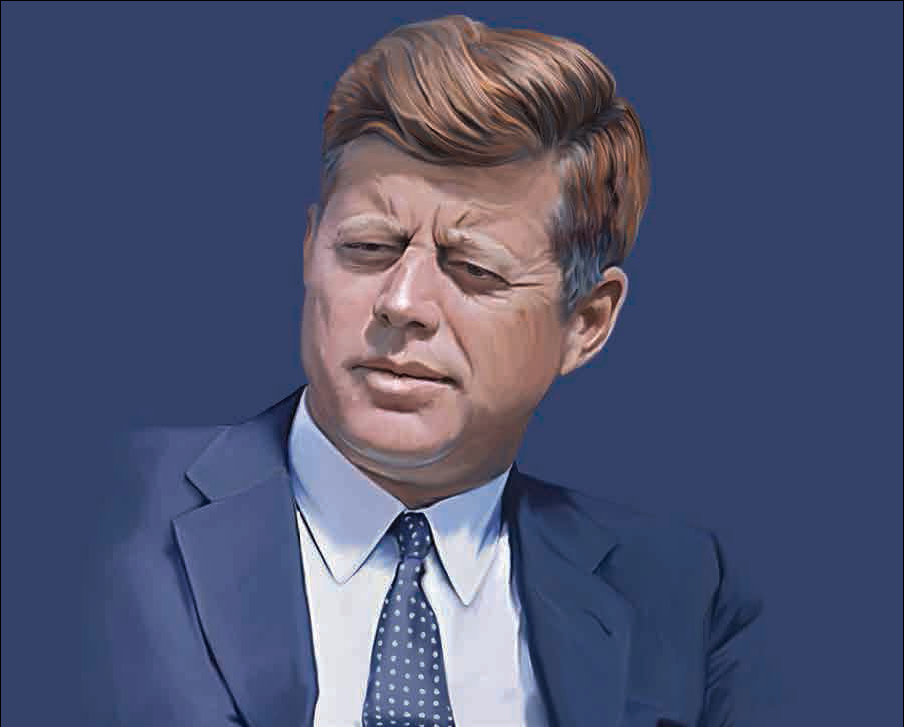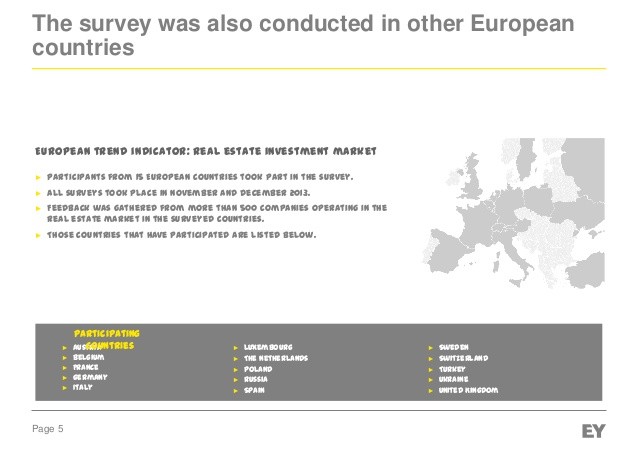A Survey Of Hard Asset Investing Vehicles Part 1
Post on: 30 Сентябрь, 2015 No Comment

Market Wrap: Oil Hammered As Analysts Say Storage Space Running Out; NatGas Plunges; Gold Up
A Survey Of Hard Asset Investing Vehicles: Part 1
Now that you’re familiar with the various sources of returns available to commodity investors, it’s time to get down to the nitty-gritty: How to gain access to the space.
It’s not an easy decision to make. The explosion of interest in commodities investing has been accompanied by an explosion in the types and styles of financial products available to investors. And though many of the products appear similar, they can be quite varied in their risks and reward profiles. Choosing one product type over another can dramatically influence both performance and tax considerations.
This article aims to help you understand the options.
Why Do Commodity-Linked Vehicles Exist?
Generally, commodity-linked vehicles are access products. They offer a window to the commodity markets that has not otherwise been available to retail investors.
As discussed earlier, for most commodities, you don’t want to actually hold the physical goods. Commodity-linked vehicles bridge this gap by packaging commodities exposure in different ways and offering it to investors in easy-to-digest formats. And thank goodness for that.
Exchange-Traded Funds
The biggest new product to hit the commodities market in recent years has been the exchange-traded fund, or ETF. Two years ago, commodity ETFs simple didn’t exist. Today, they hold more than $10 billion in assets in the U.S. alone, and investors can use them to purchase exposure to gold, silver, oil, individual commodity sectors and broad-based commodity futures indexes.
Why are the funds so popular? For one, they’re easy: You can purchase an ETF like any other stock in your brokerage account. They’re also cheap: In the past, most investors purchased commodity mutual funds, which charged high loads and sky-high expense ratios (often >2 percent). By comparison, ETFs are load-free (minus commissions) and charge around 75 basis points (0.75%) or less in annual expenses. In other words, they are pretty much a better mousetrap.
ETFs Linked to Individual Spot Commodities
As covered previously in Hard Assets University (LINK), there are two gold bullion ETFs in the U.S. the streetTRACKS Gold Shares (AMEX: GLD) and iShares Comex Gold Trust (NYSE: IAU). Both ETFs operate very simply: They buy gold and stick it in a vault. When you purchase shares, you get a stake in the gold: one-tenth of an ounce, to be exact. There is also a silver ETF, which operates on the same principle, called the iShares Silver Trust (NYSE: SLV); each share represents 10 ounces of silver.
All three of these bullion ETFs track the price of their given commodities, minus fees of 40 basis points per year (0.40%). These expenses are paid by liquidating a portion of the fund’s assets — literally, selling 0.40 percent of the gold or silver each year. As a result, over time, each share’s claim will represent a smaller and smaller amount of gold. (After 50 years, each share will represent just 0.082 ounces, compared to 0.1 ounces at launch.)
Gold and silver are currently the only physical ETFs available to investors in the U.S.; European investors have more choices.
The IRS considers gold and silver bullion collectibles, which means they come with a 28 percent long-term tax rate; the same rule applies to these ETFs. That compares to the 15 percent maximum rate applied to equity investments.
Advantages: Simple and direct exposure; low fees; easy to trade.
Disadvantages: Not tax efficient; no roll yield or collateral interest.
ETFs Linked to Individual Commodity Futures
Futures are the home for most commodity investors, and they are increasingly the home for commodity-linked ETFs. The first futures-based fund to hit the market was the US Oil Fund (AMEX: USO) from Victoria Bay Asset Management. USO holds long positions in West Texas Intermediate crude oil futures contracts, and rolls those contracts forward each month.
Like most futures investors, the ETF buys its futures with leverage, putting up just a small portion of the money to buy the contracts. The rest of the money is invested in Treasuries, which generates interest income for the fund.
All three factors — changes in the spot price, collateral interest income, and the roll yield — play important parts in determining the performance of USO and other single-commodity futures ETFs.
USO charges 0.50% in expenses, and the costs for other funds (like Natural Gas) are similar.
There is no delaying of gains on commodity futures, and that applies both to futures and ETFs that hold futures. The IRS requires that all contracts be marked-to-market at year end, which means that, from the IRS’ point of view, you effectively sell these ETFs each and every December 31. If the funds are up, you owe taxes.
Any gains or losses generated throughout the year or from the mark-to-market are taxed as 60 percent long-term/40 percent short-term gains, regardless of holding period. That works out to a maximum 23 percent capital gains rate: higher than stocks, but lower than collectibles. Interest income is also taxable; it gets passed right through.
Advantages: Exposure to roll yield (traditionally a positive contributor to returns) and collateral interest; blended tax rate; low fees of just 50 basis points.
Disadvantages: No delaying capital gains; 23 percent maximum tax rate; exposure to roll yield (recently negative).
ETFs Linked To Commodity Indexes
What if you want exposure to more than one commodity? Again, ETFs provide.
There are currently two broad-based commodity index ETFs: the DB Commodity Index Tracking Fund (AMEX: DBC) and the iShares GSCI Commodity Index Trust (NYSE: GSG).
Both funds use futures, and both include the roll yield and collateral interest in their returns. The funds also charge identical expenses, at 75 basis points.
The differences between the two funds start with the underlying benchmarks, which provide markedly different exposure to the commodities space. DBC tracks a simplified index of just six commodities, while GSG tracks 24 different components. While that may make GSG appear more diversified, many would argue the opposite: GSG’s index is hugely dominated by energy, with energy contracts accounting for more than 75 percent of the benchmark; by comparison, energy makes up just half of DBC.
The ETFs have other important differences as well.

For instance, DBC uses a unique roll strategy. Rather than simply rolling expiring contracts to the next available month, DBC looks out as far as 13 months for the contract with the highest roll yield. Theoretically, this should improve roll yields in both backwardated and contango-ed markets, although the real-time results are not yet clear.
The iShares fund, for its part, uses a unique kind of futures contract called a CERF. Rather than expiring monthly, the contracts hold for five years (although they incorporate the return that would be generated by rolling contracts each month). The advantages of holding CERFs is that trading costs should be reduced and the fund should hew closely to its benchmark, without the possibility of tracking error that comes with each physical roll. It’s also too early to say how this strategy will impact long-term performance.
Taxes
Both funds owe taxes on interest income.
For DBC, the underlying futures contracts will be marked-to-market at year-end, meaning investors will get hit with the 60/40 blended tax on any gains annually.
GSG may have an advantage on the tax front. GSG uses special long-term futures contracts called CERFs. Although the IRS hasn’t issued a formal ruling, many people believe that the use of long-term CERF contracts will allow the funds to dodge annual tax distributions; consult your advisor.
Advantages: Easy access to a diversified basket of commodities; much lower fees than competing mutual funds; possible tax benefit for GSG; possible roll yield benefit for DBC.
Disadvantages: Tax impact for DBC; energy dominance for GSG.
Exchange-Traded Funds Linked To Commodity Equities
While commodity-focused equities have different risk/return profiles than commodity futures, as explained earlier (LINK), they are a good choice for investors looking for corporate upside, leverage, or other features.
There are a number of diversified commodity equity ETFs on the market today, including the iShares Goldman Sachs Natural Resources Fund (NYSE: IGE), which holds a diversified basket of commodity-producing companies. The fund is heavy on oil exposure, and charges 48 basis points (0.48%) in expenses.
There are also funds focused on companies involved in individual commodities. For instance, Van Eck offers funds tied to gold mining companies (Market Vectors — Gold Miners (AMEX: GDX)) and steel companies (Market Vectors — Steel Index (AMEX: SLX)).
As equity funds, these ETFs are subject to the same rules as traditional equity investments, including a 15 percent long-term capital gains tax rate.
Advantages: Tax treatment; virtually leveraged exposure; low fees.
Disadvantages: Indirect exposure to the underlying commodity; risk of corporate malfeasance or incompetence; stronger correlation with traditional equities.
Next Up? ETNs, Mutual Funds, TRAKRs And More
Our complete coverage of commodity investment vehicles continues here .














